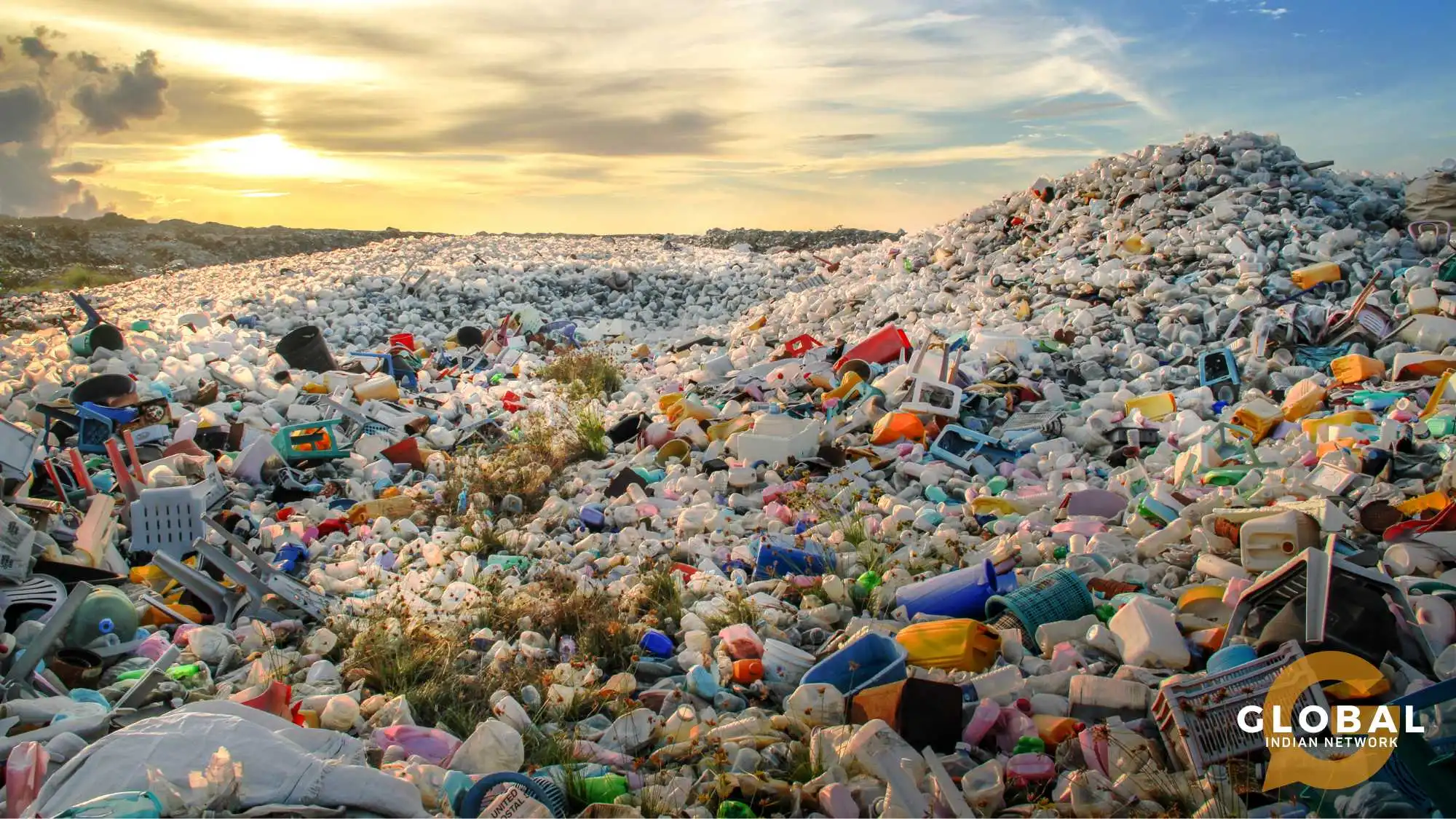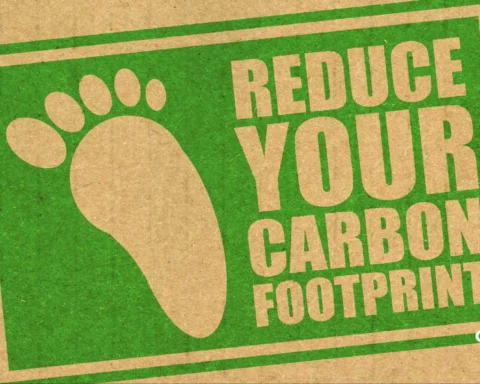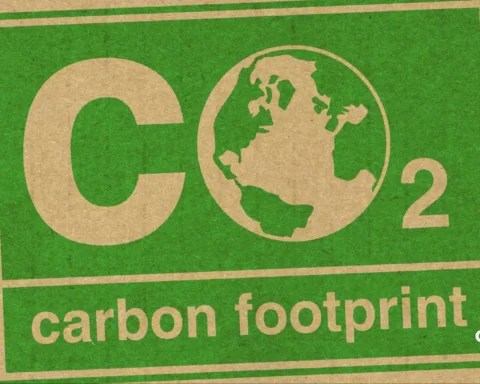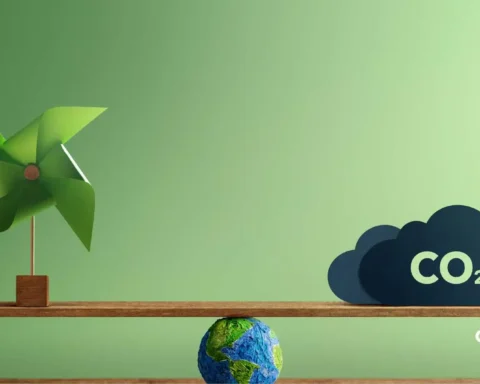With the ever-progressing world, it is becoming essential to keep everything updated, whether it be a trivial matter or a matter of utter seriousness. Though waste sounds like it can be taken lightly, it is not so, especially when people themselves get entangled in this vicious cycle. Simply put, the people who produce waste themselves are the most affected by the pollution caused by waste.
So, to avoid this danger, one needs to have preliminary knowledge about solid waste and its classification. By knowing the classification of solid waste and its sources, people will be able to have a vivid idea of how intricately involved they are with this five-letter word in their daily activities.

Table of Contents
What is Waste?
Waste can be defined as the ejection or emission of any product after it has been utilized to its fullest capacity. Waste is a natural part of our daily lives that ought to be dealt with seriously. With the increase in population and changing lifestyle patterns, the amount of waste generated is also increasing. Therefore, the classification of waste is essential for its proper disposal.
Classification of Waste
Classification of waste becomes an important factor, but it is also challenging because waste can be divided based on its nature, origin, and risk factors. Though the conventional division focuses on the origin, with the most simplified one being nature, the division based on the risk factor should get prime importance when considered nationally.
However, waste can be classified based on many key factors:
Origin: Conventionally, wastes have been classified based on their source (origin) or the different activities that generate waste. This includes:
- Mining
- Agriculture Forestry
- Industry
- Household, Commercial and Government Bodies
- Construction Demolition
- Wastewater Treatment
Nature: Based on biological, chemical, and physical factors, waste can be divided into two halves—non-biodegradable waste, i.e., dry waste, and biodegradable waste, i.e., Wet Waste. Nowadays, this classification has been broadened to include sanitary waste and e-waste.
Risk factor: This classification of waste is important when discussed globally because the government should consider human health and the environment. Based on this, waste can be divided primarily into two halves: Hazardous waste and Non-Hazardous Waste.
Rather than focussing on the classification of waste, it is better to say the classification of solid waste because solid waste forms the most generated waste and is the most untreated.
ALSO READ:
- What is Meant by One Planet Living and How to Apply It?
- Master Recycling: Understanding What Is Dry Waste And How To Sort It
Classification of Solid Waste
According to the Resource Conservation and Recovery Act (RCRA), the scope of “solid waste” has broadened to include every discarded material and is not limited to its form being solid, liquid, semi-solid, or gas. Therefore, the classification of solid waste has also become more varied than ever. Classification of solid waste is required because if people do not dispose of it properly, it will be left untreated, putting the health of humans themselves at stake.
Classification of solid waste can be done primarily into two categories based on their nature and the risk factors involved.
Nature: Based on this category, it is important to consider those types of waste that can mix with soil and those that need to go for further treatment in the recycling plants. So, the classification of solid waste based on nature can be divided into biodegradable and non-biodegradable wastes.
Risk Factor: The risk factors associated with dealing with solid waste cannot be ignored. Based on this, solid waste can be divided into two categories: Hazardous Waste and Non-Hazardous Waste.
Classification of solid waste based on the risk factor involved can be subdivided into- Municipal Solid Waste and Industrial Solid Waste. These belong to the Non-Hazardous Waste. Hazardous waste includes listed waste, characteristic waste, universal waste, mixed waste, dual waste, and household hazardous waste.
It is interesting to note that the term non-hazardous waste is like a misnomer, as non-hazardous wastes equally need equal attention. To know the effect caused by anything or its types, it is very important to know its roots. Therefore, after learning the classification of solid waste, it is vital to know the source of solid waste.
Sources of Solid Waste
Like the classification of solid waste, the source of solid waste is equal to any waste generated by our day-to-day activities, ranging from residences to commercial sources. These include Solid Waste emitted from:
- Homes
- Institutions like schools, colleges, and government centres.
- Industrial sites include manufacturing industries, construction sites, fabrication plants, canning plants, and power and chemical plants.
- Construction and demolition sites include new construction sites for buildings and roads, road repair sites, building renovation sites, and building demolition sites.
- Municipal services include street cleaning, waste from parks, beaches, wastewater treatment plants, etc.
- Treatment plants and sites include refineries, power plants, processing plants, mineral extraction plants, and chemical plants.
- Agriculture like crop farms, orchards, dairies, vineyards, and feedlots produce Solid Waste.
- Biomedical, as in the Solid Waste caused by hospitals, biomedical equipment and chemical manufacturing firms.
Solid Waste Management
Solid waste management involves collecting solid waste from all sources, sending it for treatment, and then discarding the resulting material that cannot be used further. After knowing the sources of solid waste, it is important to know how to manage it effectively. The first step towards effective solid waste management is the classification of solid waste. But simply knowing it is not enough because it involves multiple challenges.

These challenges vary from monetary problems to irregularities in waste management operations and organizational problems. Even with the changing global world, the digitization incorporated here is very basic, with a lack of proper tracking techniques and implementation. It is important to have real-time data and not outdated databases to properly implement solid waste management.
For instance, Evreka Digital Services, a global waste management company, has tried to improve operational efficiency by managing time, cost, and energy. According to a report by the International Trade Administration in 2023, India has shown remarkable progress since implementing the Swachh Bharat Abhiyan, or Clean India Mission.
Conclusion
Human beings think of progress when they think about the future. Therefore, it becomes essential to think about waste management if one wants to make a sustainable world that does not reek of smoke or stink of discarded materials. All this can be possible when one applies education, technology, and consciousness to better classify solid waste.
With the wider classification of solid waste, one can more easily manage the waste generated from different sectors. If that can be checked, then no one can stop us from achieving the mission of a safe and green environment.

FAQs
What are the classifications of solid waste?
Solid waste can be classified based on its nature, which includes biodegradable and non-biodegradable waste, and the risk factors involved, which include hazardous and non-hazardous wastes. These also have many sub-categories.
Is solid waste a problem?
Solid waste is a problem that is dealt with on a daily basis. Understanding the nuances and the classification of solid waste will help people understand how much solid waste is produced by every activity, from residences to industrial uses.
Can we stop solid waste?
Solid waste cannot be stopped, but it can be definitely reduced. And, with proper Solid Waste Management, solid waste can be put under check.










[…] The Secret Weapon for Sustainable Living: Classification of Solid Waste […]